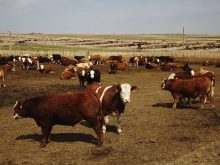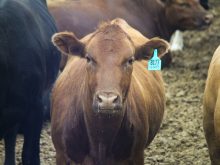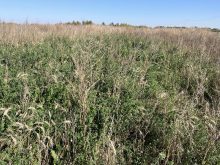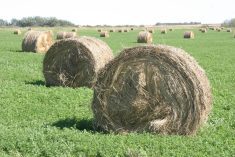DENVER, Colo. – After 13 years as a beef packer, Minnie Lou Bradley has some sobering words for those who breed the bulls that produce the steers that end up as steaks on somebody’s plate.
“Added value will come if you produce the quality,” she said.
An owner in the family-run B3R Country Meats at Childress, Texas, Bradley has learned how to make better beef the hard way.
“We’ve learned more in the last 10 years hanging up carcasses every day than we learned in the last 30 years raising cattle,” she said.
Read Also
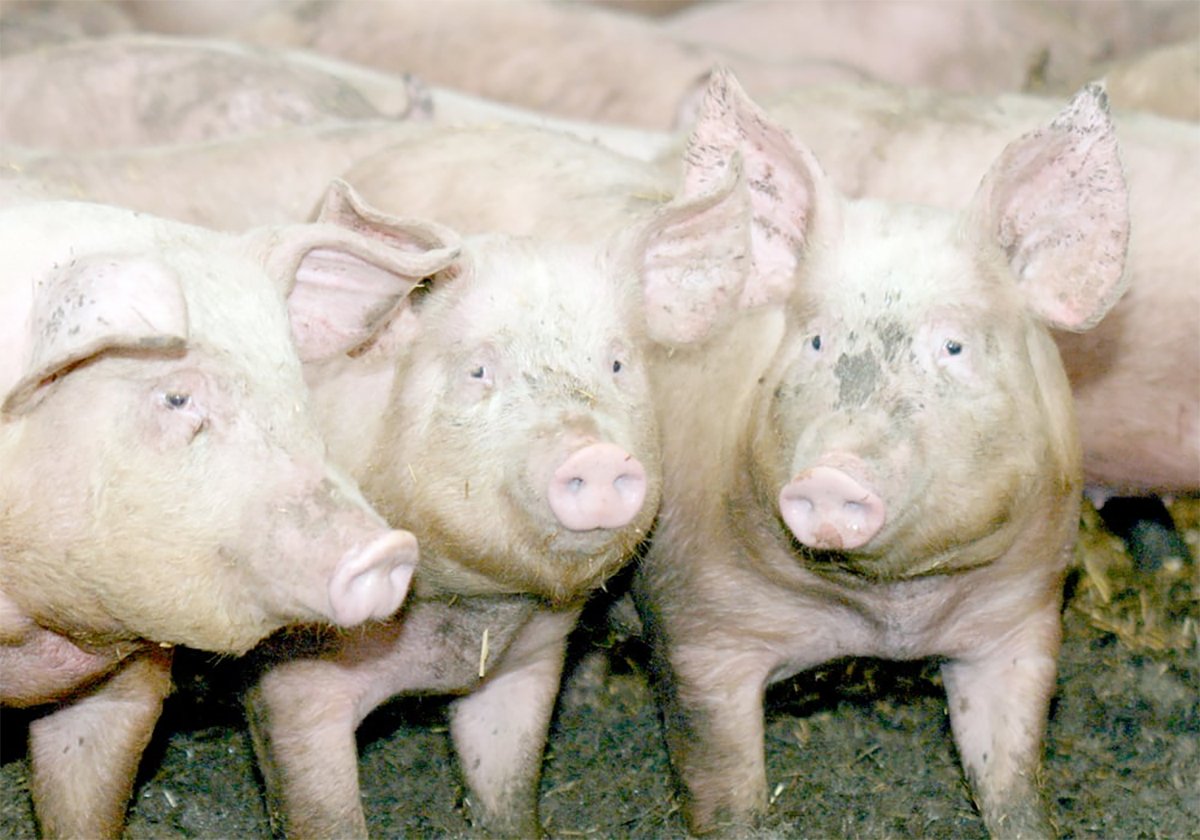
The Western Producer Livestock Report – November 13, 2025
Western Producer Livestock Report for November 13, 2025. See U.S. & Canadian hog prices, Canadian bison & lamb market data and sales insights.
Speaking at a meeting during the National Cattlemen’s Beef Association convention here, Feb. 2-7, Bradley explained how they wanted to market their cattle in a more creative way.
The Bradleys have had a registered Angus herd since 1965 and couldn’t understand why their city friends were complaining about tough, tasteless beef.
Bradley said her family decided to provide consumers with beef as good as what her family ate at home.
It was a cultural shift from selling purebred bulls to becoming a beef packer.
“I was raised to hate the packer,” she said.
It wasn’t long before the family realized its small packing house had to expand to make money.
So they contracted cattle from other people. This was their first introduction to bruises, injection site injuries and overfat animals. It cost them money because the damaged muscle and fat had to be trimmed and thrown away.
They have since negotiated with several feedlots to finish animals on a custom basis so they can control quality. If anyone wants to have animals killed at the B3R plant, they have to feed in those certified lots.
The specifications include tight margins on carcass weights, marbling scores and yield grades. No implants are allowed. If the producer measures up, there are bonuses for meeting the requirements. The average participating producer can earn an additional $58.60 U.S. a head.
The Bradleys draw cattle from 17 states on a retained ownership basis and provide beef to grocery stores and restaurants in 16 states.
Ninety percent of the cattle in their program yield grades 1 and 2 and make Upper Choice and Prime grades, the best American quality.
They gather 40 pieces of data on every animal and conduct random taste tests every week.
Anyone who has animals killed at their plant is encouraged to come and see their carcasses processed and measured.
Animals must carry individual identification that includes using DNA markers. They won’t accept cattle without their sires having DNA markers. At the time of processing, the staff at B3R looks at the top 20 percent and the bottom 20 percent and matches them to the DNA to see which sires are doing the best job. That information is returned to the producers.




